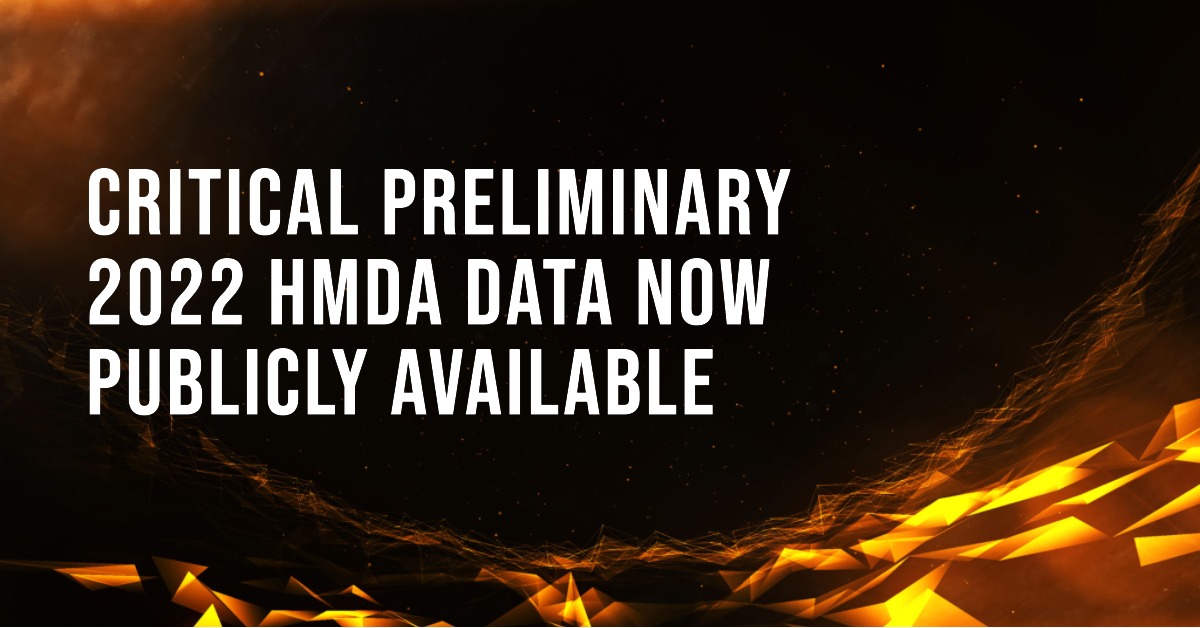This week the CFPB released preliminary HMDA data for all lenders reported for calendar year 2022. These data are routinely updated each year after financial institutions have done their annual submission, which are due March 1st of each year. Although this release is an annual event, and has been taking place for decades, this year’s release should be treated as anything BUT routine.
The HMDA contains critical information concerning race, ethnicity, gender, and age of borrowers, as well as the census geographies from which they reside. Census geographies and their associated demographics are critical to compliance, affecting both fair lending and CRA.
Although the demographics for geographies, such as race, ethnicity, and income levels may change from year-to-year, the most significant changes occur every 10 years with the Decennial Census.
These changes cannot only dramatically affect the current demographics, but the boundaries of the geographies have also changed in many cases. Such changes are the most significant in areas with dynamic populations (either growing or declining). The 2020 data will provide the impacts of these changes in terms of individual institution lending performance as it relates to fair lending as well and the Community Reinvestment Act.
Why It’s Important
The availability of these data is critical, because up until the release of these data this week, institutions had no current peer information regarding the geographic distribution of HMDA lending.
Through 2021, institutions were reporting the geographic location of HMDA reportable applications based on 2010 Decennial Census tract boundary configurations. Beginning in 2022, institutions began reporting census tracts under the 2020 Decennial Census boundary configuration.
Institutions were reporting under a new set of census tract boundaries, but the latest available peer data (calendar year 2021) were all reported under the older boundaries. There was, therefore, no real comparison data by which to measure current performance with the data as reported. With this week’s release, that has all changed.
What to Expect
Typically, year-to-year lending patterns in the aggregate do not vary much. Institutions rely on the prior year’s data upon which to measure their current lending against peer with regard to borrower and geographic characteristics, which from one year to the next, are typically similar.
This will likely NOT be the case with the 2022 data, especially in markets where there have been significant changes in population, with either growth or declines. This means current benchmarks institutions may have set or assumptions they have been operating under in terms of what their penetration in critical geographies “should be” could be much different when measured against the current data.
What Should Be Done Now
Although these data are preliminary and subject to change from subsequent final releases, it is important all HMDA reportable lenders conduct analyses of these new data as soon as possible.
This includes assessing their 2022 performance in the context of these data as well as setting current benchmarks and targets for current lending performance. The data released this week is preliminary and limited as it does not have demographic data included with regard to the census geographies. Analyses can be conducted but will require some additional steps.
As always, Premier is available to compile these data for you and your institution or assist as needed.



